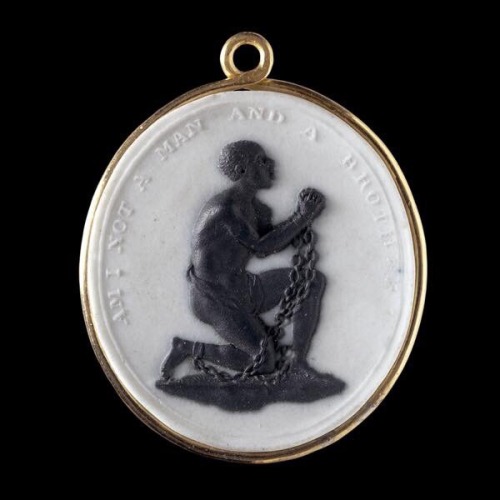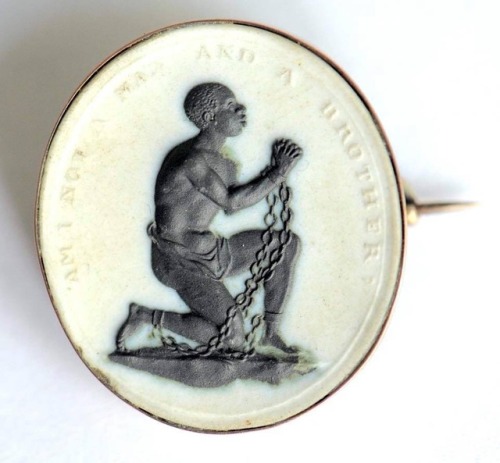Remembrance …’Am I not a man and a brother?’..Yes, thou art a man and broth
Remembrance …’Am I not a man and a brother?’ ..Yes, thou art a man and brother, Though thou long has groaned a slave, Bound with cruel cords and tether From the cradle to the grave! ……… Yes, thou art a man and brother, Though we long have told thee nay; And are bound to aid each other, All along our pilgrim way.. (Extracts from The Anti-Slavery Harp compiled by William Wells Brown Boston: Bela Marsh, 1848) Images: The Wedgwood medallion was the most famous image of a black person in all of 18th-century art. Josiah Wedgwood, Britain’s renowned potter, was a man of conscience, deeply interested in the consequences of the American War of Independence and the French Revolution. From 1787, this iconic image appeared on medallions and plaques to promote the abolition of the slave trade. The cameo was used by both men & women for personal ornament on snuff-box lids, shoe buckles, hair pins, pendants, and bracelets. Many versions of the image also found their way onto the surface of artifacts made in ceramic, metal, glass and fabric. On this day: Remembering 500th anniversary of one of history’s most tragic and significant events – the birth of the Africa to America transatlantic slave trade. On 18 August 1518 the King of Spain, Charles I, issued a charter authorising the transportation of slaves direct from Africa to the Americas. Over the subsequent 350 years, at least 10.7 million black Africans were transported between the two continents. A further 1.8 million died en route. Further information: https://www.independent.co.uk/news/world/americas/transatlantic-slave-trade-voyages-ships-log-details-africa-america-atlantic-ocean-deaths-disease-a8494546.html National museum of American History http://americanhistory.si.edu/collections/search/object/nmah_596365 Wedgwood Museum http://www.wedgwoodmuseum.org.uk/learning/discovery_packs/pack/lives-of-the-wedgwoods/chapter/slavery -- source link
Tumblr Blog : ankie.tumblr.com
#josiah wedgwood#slavery#abolitionist#16th century#17th century#18th century





